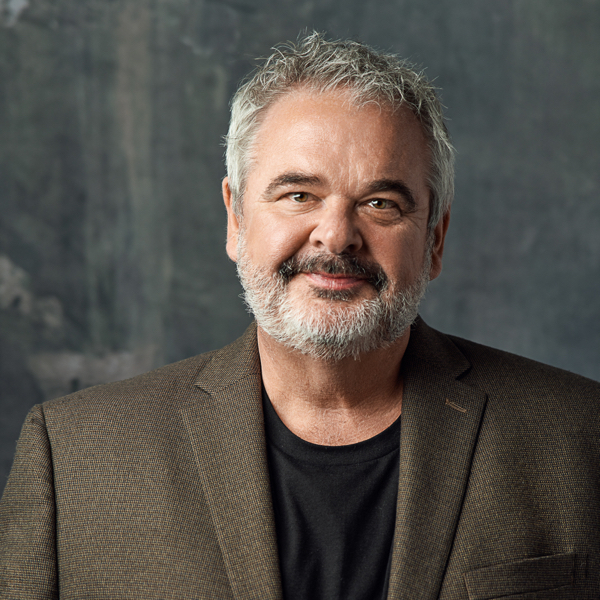Here’s a simple, powerful tip to improve the clarity and strength of your presentations: watch your language—literally.
I’m talking about something most people haven’t thought about since school: the gerund.
(Stay with me.)
The gerund is a Latin-rooted bit of grammar that describes a verb being used as a noun—words ending in “-ing” like helping, saving, or reducing.
Now, there’s nothing inherently wrong with gerunds. In poetry or reflective writing, they can sound graceful, even elevated. But in business communication—especially when you’re presenting an idea, proposal, or plan—they often have a subtle but real downside: they weaken your message.
Let me show you what I mean.
In the last few weeks alone, I’ve seen slides and proposals that include phrases like:
Helping customers
Saving costs
Reducing waste
Sounds fine, right? Polite. Professional. Vaguely noble.
But also... a little vague. A little passive. A little unclaimed.
Now watch what happens when we make a small shift—when we turn the gerund back into a full verb:
We will help customers
You will save costs
This process will reduce waste
What’s the difference?
Suddenly, the language has movement. It has ownership. It makes a promise.
It’s not just a concept anymore—it’s an action.
And here’s the real benefit:
When we use strong, active verbs, we not only clarify what is happening—we clarify who is doing it. Whether it’s we, you, or I, the audience now knows who is stepping up. That matters.
Because communication is not just about explaining. It’s about leading.
And leadership is always clearer when we speak in terms of action and accountability.
So next time you’re preparing a slide, a presentation, or even just a proposal title, try this:
Scan for -ing words.
Ask yourself what verb they’re hiding.
And bring that verb back to life.
It’s a tiny change. But it often makes a big difference.
